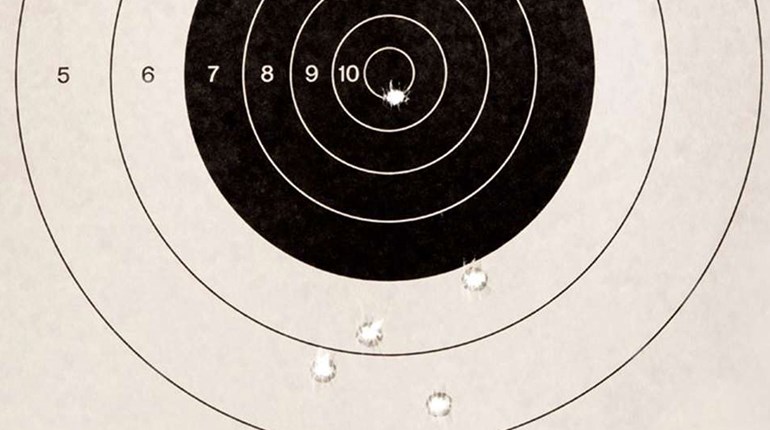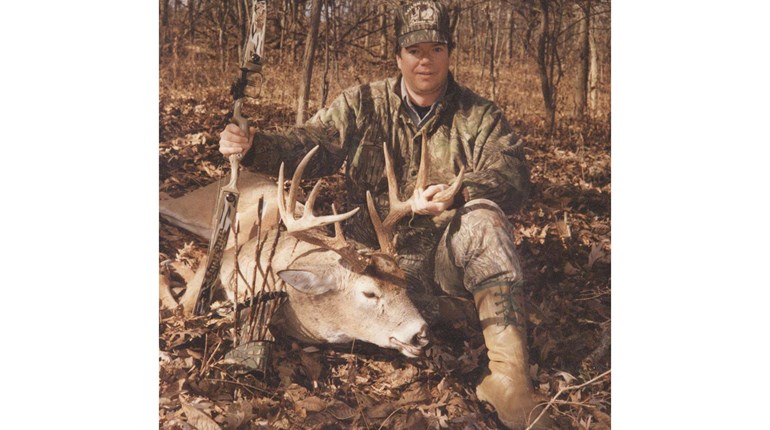
In order to practice a reload on the range, loading your magazines with only two rounds will both speed up the process and help ensure safety.
What’s the difference between a tactical reload and a speed, or emergency, reload? We teach both at Gunsite and, while I hope you never have to perform a speed load in a gunfight, I’m pretty sure you’re going to do tac loads routinely as part of your regular practice or even day-to-day carry.
You perform a speed reload anytime the pistol (could be a magazine-fed rifle as well) has run out of ammunition—or you think it’s about to—and the fight is still on. The idea is to get the gun back up to full capacity as quickly as possible. The process is simple: eject the magazine and replace it with a full one.
Can you speed load a revolver? Sure, dump what’s in the cylinder and reload it, probably with a speedloader.
When you do a tactical reload, time is on your side and there is no urgent need to reload. Rather than dump the magazine, you retain it and replace it with a full one. For revolvers, you open the cylinder, remove the fired cases and replace them with rounds carried loose in a pocket, in cartridge loops or speedstrips.
While competitive shooters are concerned with developing a lightning-fast speed load, the likelihood of an armed citizen finding him- or herself in a gunfight requiring a speed load to prevail is extremely remote—the fight is almost always going to be concluded with the ammunition in the gun. That said, if you’re in a fight, as soon as you’re able you should perform a tactical reload to get the gun back to full capacity. Keep your head up and scan for additional threats, as you never know what’s going to happen next.
On the other hand, you should perform a tactical reload every time you prepare your pistol for carrying. Why is that? Well, after loading the pistol with a full magazine and running the slide to chamber a round, you’re essentially performing a tactical reload to top the gun off to full capacity by inserting a full magazine. Why start your day with capacity down one round? Used this way, the tactical reload becomes an administrative load with nothing tactical about it.
You can use this drill to practice a smooth tac load while getting in a little shooting. Keep in mind, this is a drill to develop a skill, not a solution to ending a threat, so there’s no time limit. You can shoot it on a bullseye or silhouette target at just about any distance from the target, but you might want to step back out of your comfort zone to get some marksmanship practice while you’re at it.
Here’s the Drill
Two shots: Perform a tactical reload, shoot two more.
That’s it. Practicing 12 times will consume a little less than a box of practice ammunition. If you want to work on some other skills, try taking a step to the side after the first two shots or practice on two targets, with two shots fired on each one.
Smooth, efficient movement is the key, and the more you practice, the smoother you will become.



































